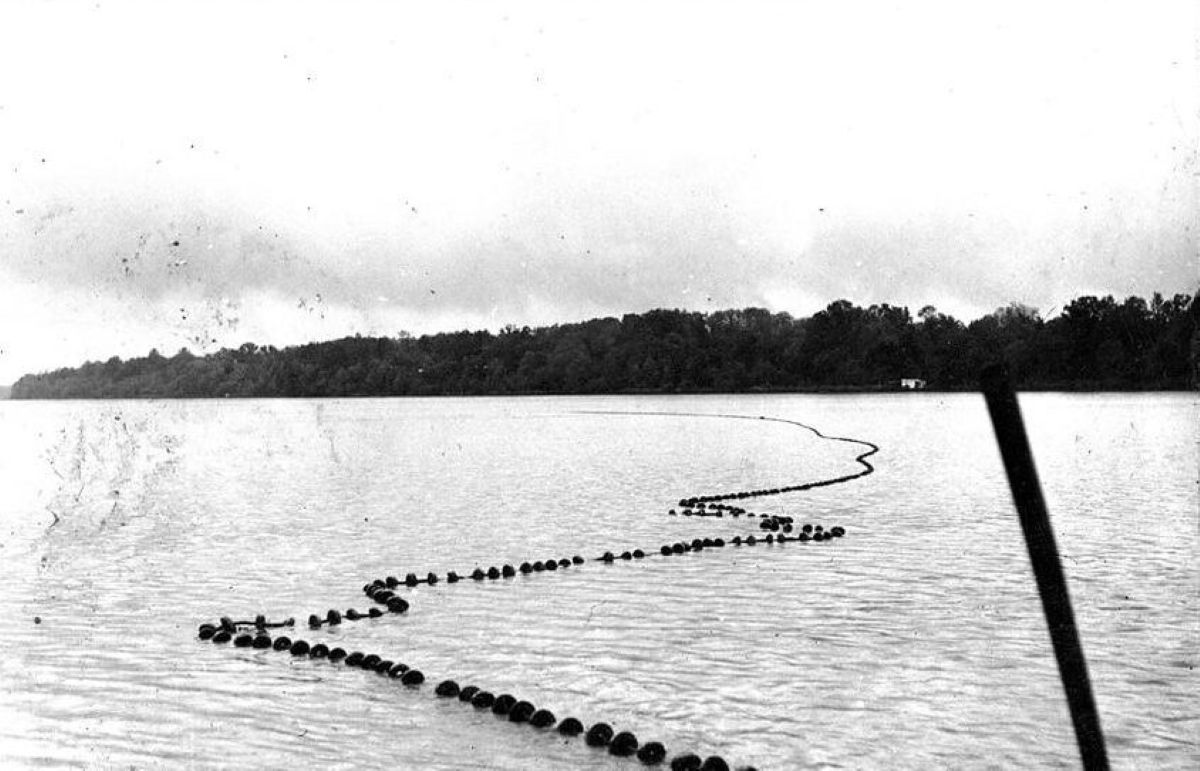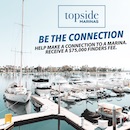DeSantis kicks off Miami International Boat Show, announces boating initiatives
Our thanks to Ted Arisaka for submitting this article pertaining to Florida boating. See SB 594: No Anchoring or Mooring Zones
DeSantis kicks off Miami International Boat Show, announces boating initiatives

















Be the first to comment!